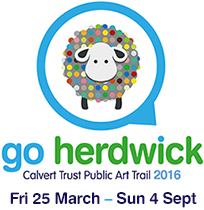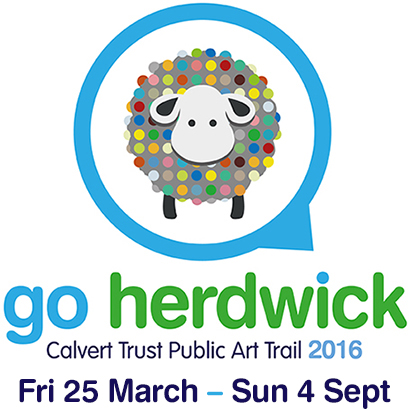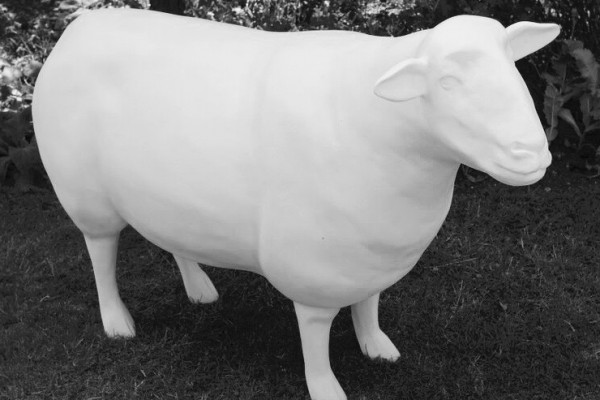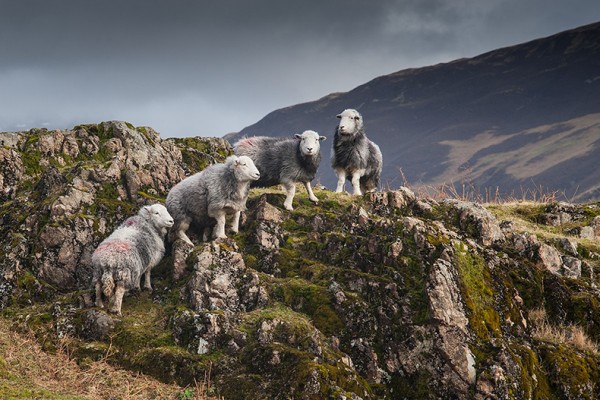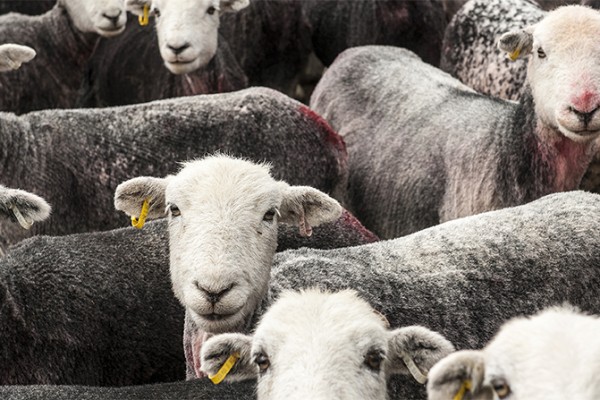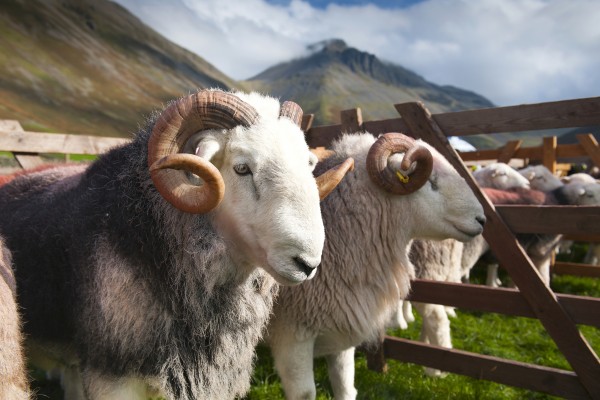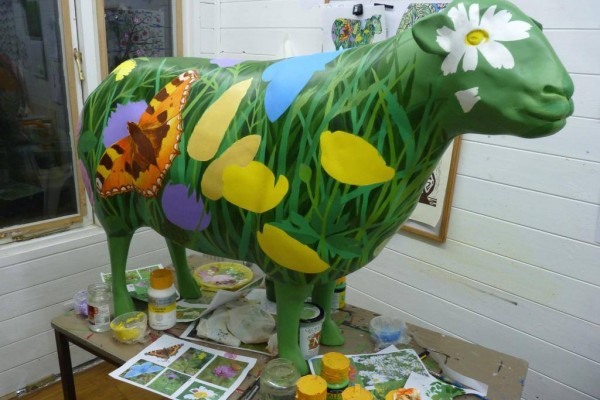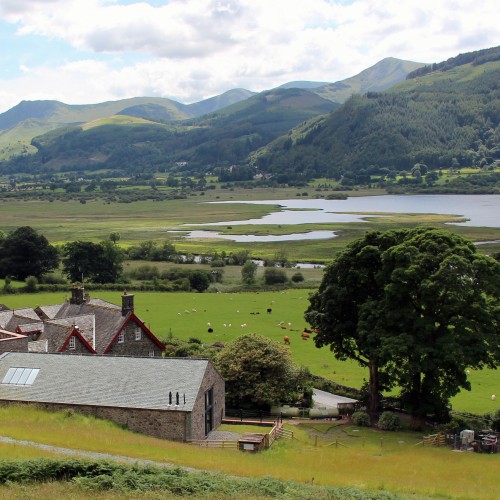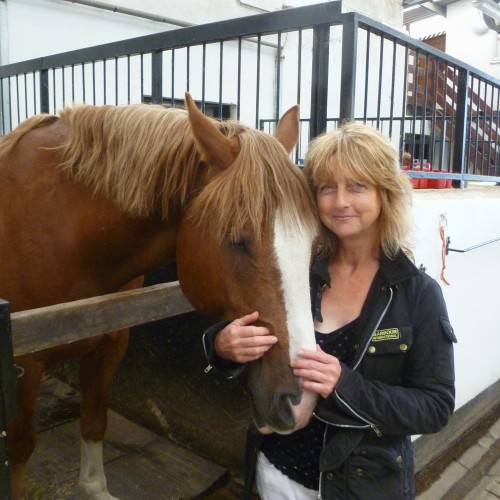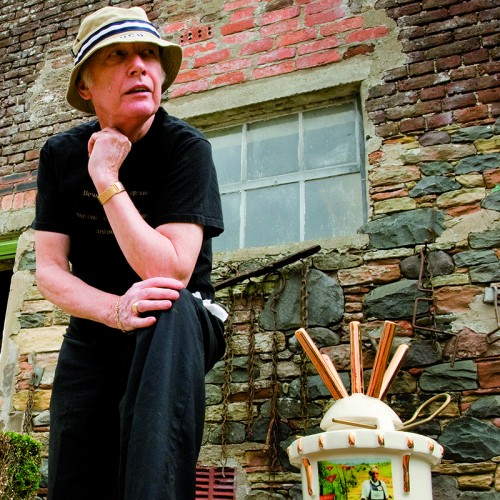Herdwicks are Cumbria’s native sheep and are ideally suited to life on the inhospitable high fells and mountains, grazing at up to 900m (3,000ft). They’re also credited with shaping the Lake District landscape that we see today.
Herdwicks are renowned for their hefting instinct, the ability – passed from a ewe to her lambs – to recognise an area as its home and return there, even after it’s been brought down from the fells for lambing or clipping and has to walk several miles back to its own area or heft.
The breed is found almost exclusively in the Lake District National Park and is concentrated in its western and central areas, including Borrowdale, Buttermere, Ennerdale, Wasdale, Eskdale, the Duddon Valley, Coniston, the Langdales and the Helvellyn area around Ullswater and Thirlmere.
Although Herdwick lambs are black when they’re born, the adult sheep have white heads and slatey-blue fleeces. Their sturdy legs and upturned mouths give them a unique appearance. There are about 50,000 mature breeding Herdwicks in Cumbria and about 120 commercial breeding flocks. Once kept for their wool, the value of a Herdwick fleece has fallen sharply along with demand and a farmer can now expect to receive only about 20 per cent of the cost of clipping in payment for the wool.
Today, Herdwicks are farmed for their meat. The sheep are slow growing and are usually at least 10 months old before they enter the food chain. The length of time they mature, plus the varied diet of herbs, mosses and grass that they graze on the fells and the muscles they gain through extensive foraging, give the meat a depth of flavour and texture.
